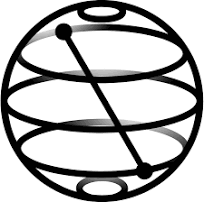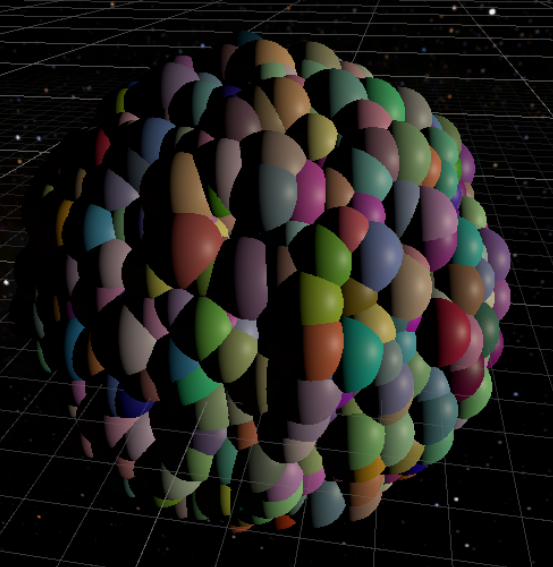Projects
LISA Gravitational Wave Data Analysis

This is my thesis for the Physics Master’s degree (expected early 2024). I took an existing NASA code for the Laser Interferometer Space Antenna (LISA) mission, and modified it’s Bayesian search algorithm to use a distance-based prior in finding Ultra Cold Binary (UCB) gravitational wave sources. The code I modified was the Galactic Binary Markov Chain Monte Carlo (GBMCMC) component of the overall Global Lisa Analysis Software Suite (GLASS). My contribution was modifying the existing C code to search a new parameter space, and designing proposal and prior distributions which would allow it to be effective in finding UCB sources from LISA simulated data. I added ~5000 lines of code added to GBMCMC and GLASS over the course of a year, and learned about the trans-dimensional Markov Chain Monte-Carlo algorithms in use in GBMCMC. Links to project artifacts are below:
Quantum Computer Simulator
 I became interested in how quantum computing simulators worked. For my final project in my quantum computing class I implemented one from the ground up in a programming language I had not worked with before, Rust. I ultimately implemented the entirety of the OpenQASM 2.0 standard, using an underlying tensor-based representation which I extended to handle the classical conditional operations. This code is capable of running any OpenQASM 2.0 program. I tested it on several of the OpenQASM test programs, as well as some of my classmates’ quantum circuits for their projects.
I became interested in how quantum computing simulators worked. For my final project in my quantum computing class I implemented one from the ground up in a programming language I had not worked with before, Rust. I ultimately implemented the entirety of the OpenQASM 2.0 standard, using an underlying tensor-based representation which I extended to handle the classical conditional operations. This code is capable of running any OpenQASM 2.0 program. I tested it on several of the OpenQASM test programs, as well as some of my classmates’ quantum circuits for their projects.
Smooth Particle Hydrodynamic Simulation

This project was a multi-month self study of smooth particle hydrodynamic simulation methods. I originally became interested in the method because of its application to modeling the interior of stars, and set out to write my own version. I implemented my version in the Unity game engine using the DOTS framework and High-Performance C#, all of which were new technologies to me at the beginning of the project. Over approximately 3 months I implemented Barnes-Hutt tree-code gravity on the CPU and GPU, utilizing Unity Physics data structures, in addition to the smooth particle hydrodynamic simulation. My code could achieve hydrostatic equilibrium for a Jupiter-like planet with an ideal-gas equation of state, and run in real-time on a laptop computer. Sadly this project has nonexistant user interface, and so will only be accessible if you are comfortable loading it from the Unity editor and reading code to operate it.